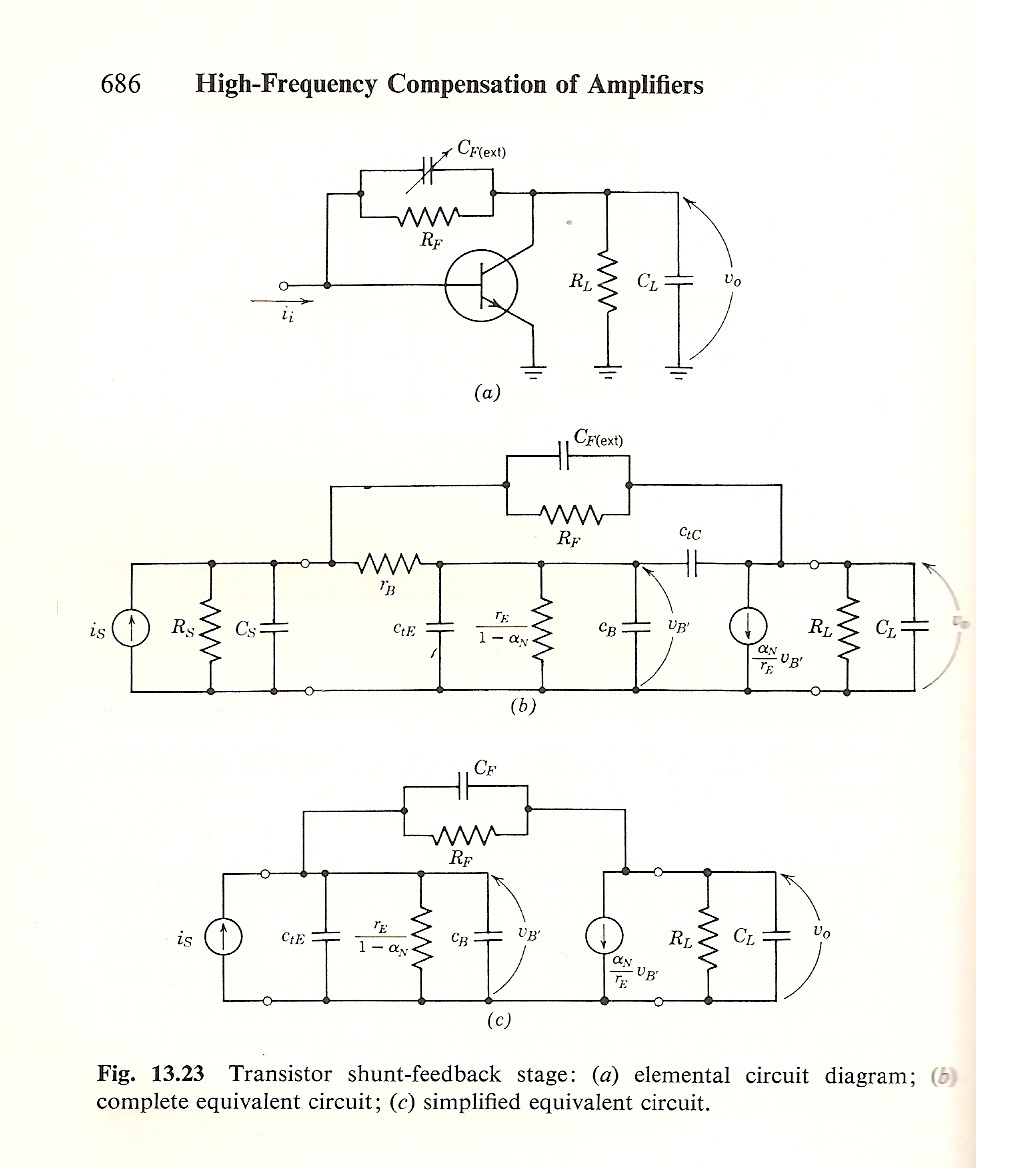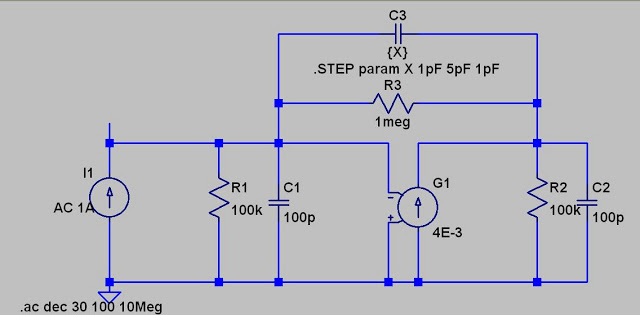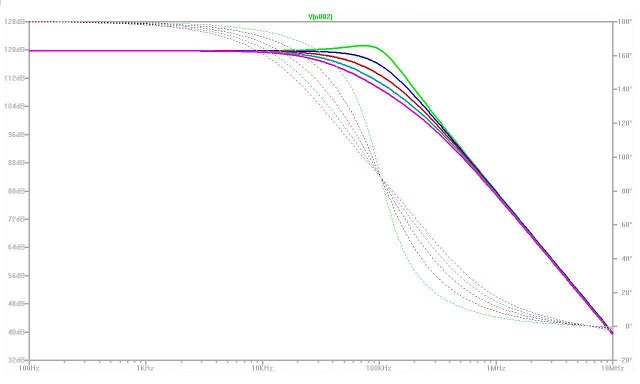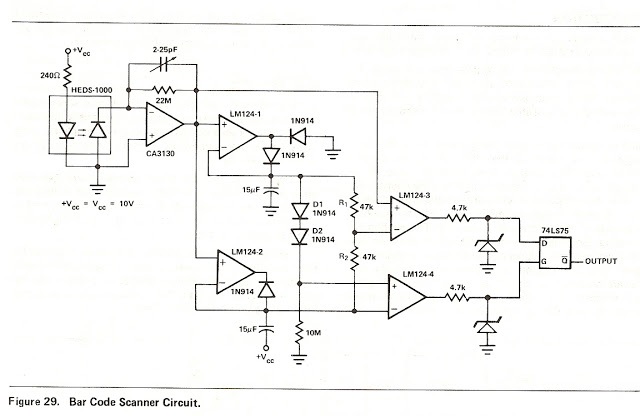ADALPAD
I first heard of the book Amplifying Devices and Low Pass Amplifier Design (commonly known as ADALPAD) after it was already out of print. The title seems a little strange as all amplifiers must have a finite bandwidth, so maybe they are all Low Pass Amplifiers. Perhaps the distinction is being made from tuned amplifiers as used in radio receivers (and transmitters). The book was written by Ed Cherry and Daryl Hooper, both interesting blokes. It was published in 1968 when vacuum tubes and germanium transistors were both still taken seriously. Many things have changed since then, but the principles have not. If there is a more modern book covering the same scope, I don’t know about it.
The monolithic operational amplifier now dominates the field, and this forces an engineer to take a different approach. Let us not forget how things work, even if things are so often made easy for us these days.
When I fist saw the book, I could not buy one, so I borrowed one and photocopied the whole thing. This is breech of copyright but Ed Cherry signed my photocopy for me, so he could have not been too resentful about missing out on his commission. The photocopy book was a little inconvenient, and since I copied it, the internet has provided easy access to the entire world second-hand book market, so I decided to treat myself with a real one. Mine is from the library of the University of Sunderland in the UK. This is not the first second-hand book that I have purchased that has come from a university library. My John Maynard Smith sex book
http://en.wikipedia.org/wiki/John_Maynard_Smith is also from a uni library. What are these librarians doing? What will the young kiddies do when they need to refer to these books and find they have been sold to me?
Oh Dear!
Years ago, I had located another out-of-print book Network Analysis and Feedback Amplifier Design by Hendrik Bode and had made myself a photocopy of that as well. I mentioned to Ed Cherry that I was struggling with it and he told me that he reckoned that he had made a rather good job of an exegesis of that in Chapter 14 of ADALPAD.
Last weekend was a long weekend away for us, so I took my new (to me) ADALPAD, and read Chapter 14 twice. That sent me off to read other chapters (prerequisites). I have been having a beaut time with it.
Chapter 13 is headed “Peaking”. In amplifier design, this is the creation of a peak in the amplifier response where there would otherwise be a hole or a falling away. I was flicking through, and found a capacitor across the feedback resistor in a shunt feedback stage.
My first reaction was that the capacitor across the shunt feedback resistor would introduce a pole to the closed loop response and lower the bandwidth. Then I realized that I had been guilty of oversimplified thinking brought on by too much op-amp work.
Here is an LTSpice model circuit.
The values of this were chosen with very little thought. I just wrote down numbers as fast as I could draw the circuit. Are they relevant to a real circuit? Here is the interesting result.
Notice that I stepped the capacitor C3 in 1 pF steps, starting from 1 pF. The second trace (second from the top – the dark blue one) is probably the one we would go for. That is C3 = 2 pF. Notice that all the lines converge on the same asymptote at the high frequency end. Isn’t that neat!
Here we have two poles in the forward path. In my model, I have made them (ignoring the loading of the feedback path) coincident. Perhaps it is better to avoid two poles that close together if you can. This reminds me of a circuit that I plucked from an HP application note (Application Note 1008 Optical Sensing for the HEDS-1000) many years ago. The HEDS-1000 was a bar code reading device.
The CA3130 is a MOS input internally compensated Op-Amp with a 15 MHz gain bandwidth product. The internal dominant pole and the pole created by the feedback resistor and the capacitance of the photo diode both most likely come before the gain drops to unity. The 2-25pF trimmer would be intended to perform the same function as C3 in my circuit model above. This circuit gave trouble in my application, and besides, who wants to have a trimmer capacitor (and the need of a process to set it) if that is unnecessary. The better trick, which I have used many times, is to use an amplifier made of discrete transistors, and allow the photo diode with whatever resistance it is associated with to take the place of dominant pole without competition.





